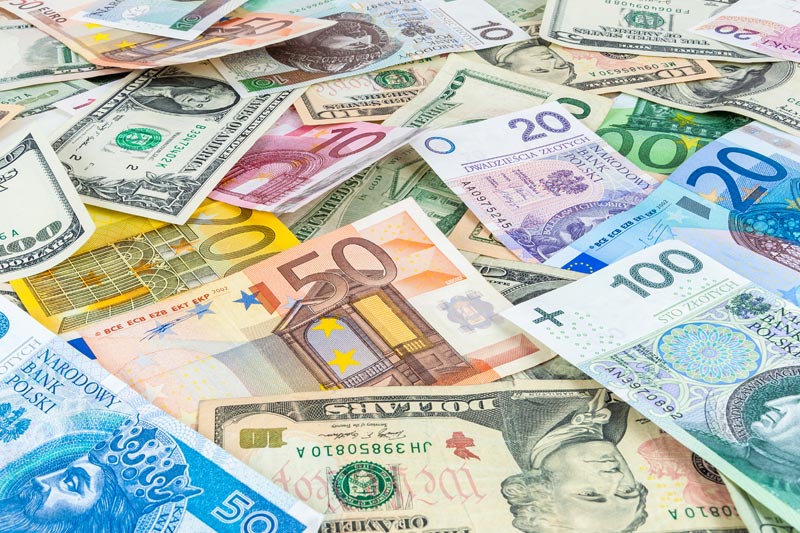Investing.com – The Australian dollar is off to a strong started against the greenback in 2013 as traders embraced riskier currencies on news that the U.S. House of Representatives has approved legislation to avert the fiscal cliff.
In Asian trading Wednesday, AUD/USD surged 0.71% to 1.0470. The pair was likely to find support at 1.0362, the low of December 28 and resistance at 1.0416, the high of December 24.
The Aussie dollar spent most of the early part of Asia’s Wednesday session trading higher, but in a narrow range. News that the House had finally approved a bill necessary to skirt the fiscal cliff sent riskier currencies higher.
Heading into today’s session, traders knew that the U.S. Senate had overwhelmingly passed a measure that would raise taxes on American households earning more than USD450,000 per year, which is expected to generate USD620 billion in revenue over the next 10 years.
However, House Republicans were looking to attach more than USD300 billion in additional spending cuts to that measure despite Senate threats that the upper legislative body would accept changes to its bill. When it became clear changes to the Senate measure would not move through the House, the House instead voted on the Senate’s version of the fiscal cliff bill.
The official deadline for the fiscal cliff passed on January 1, but with U.S. markets and government offices closed Tuesday, the actual impact of the cliff was not felt, giving lawmakers some extra time in which to craft a resolution.
Elsewhere, AUD/JPY soared 1% to 91.01 while EUR/AUD fell 0.04% to 1.2693. In other news pertaining to the Australian dollar, press reports noted the International Monetary Fund said the Reserve Bank of Australia may face added pressure to intervene in the currency market this year due to increased demand for Australian dollars throughout the world.
Riskier currencies such as the Australian dollar should also be in focus later this week with the December non-farm payroll report scheduled to be released by the U.S. Labor Department during Friday’s U.S. session.
In Asian trading Wednesday, AUD/USD surged 0.71% to 1.0470. The pair was likely to find support at 1.0362, the low of December 28 and resistance at 1.0416, the high of December 24.
The Aussie dollar spent most of the early part of Asia’s Wednesday session trading higher, but in a narrow range. News that the House had finally approved a bill necessary to skirt the fiscal cliff sent riskier currencies higher.
Heading into today’s session, traders knew that the U.S. Senate had overwhelmingly passed a measure that would raise taxes on American households earning more than USD450,000 per year, which is expected to generate USD620 billion in revenue over the next 10 years.
However, House Republicans were looking to attach more than USD300 billion in additional spending cuts to that measure despite Senate threats that the upper legislative body would accept changes to its bill. When it became clear changes to the Senate measure would not move through the House, the House instead voted on the Senate’s version of the fiscal cliff bill.
The official deadline for the fiscal cliff passed on January 1, but with U.S. markets and government offices closed Tuesday, the actual impact of the cliff was not felt, giving lawmakers some extra time in which to craft a resolution.
Elsewhere, AUD/JPY soared 1% to 91.01 while EUR/AUD fell 0.04% to 1.2693. In other news pertaining to the Australian dollar, press reports noted the International Monetary Fund said the Reserve Bank of Australia may face added pressure to intervene in the currency market this year due to increased demand for Australian dollars throughout the world.
Riskier currencies such as the Australian dollar should also be in focus later this week with the December non-farm payroll report scheduled to be released by the U.S. Labor Department during Friday’s U.S. session.
